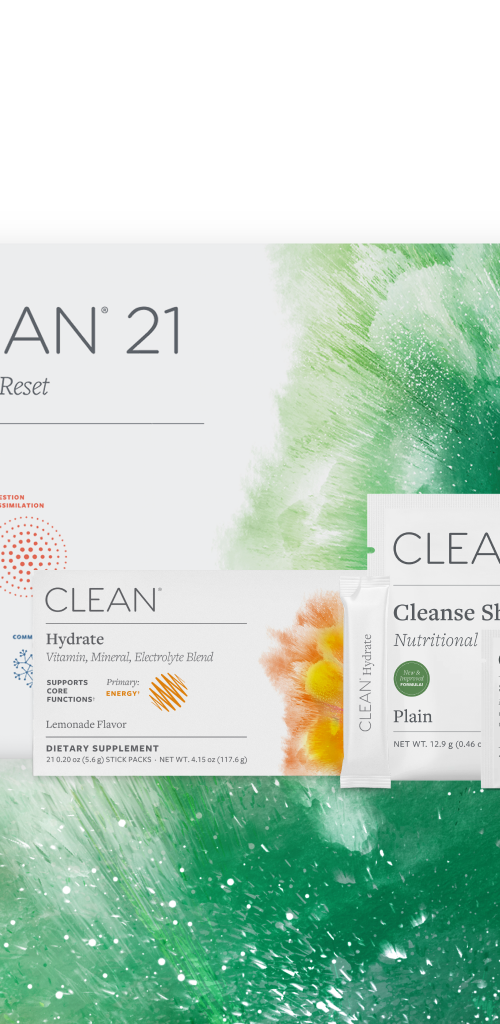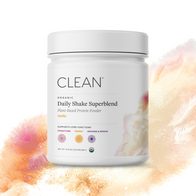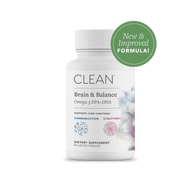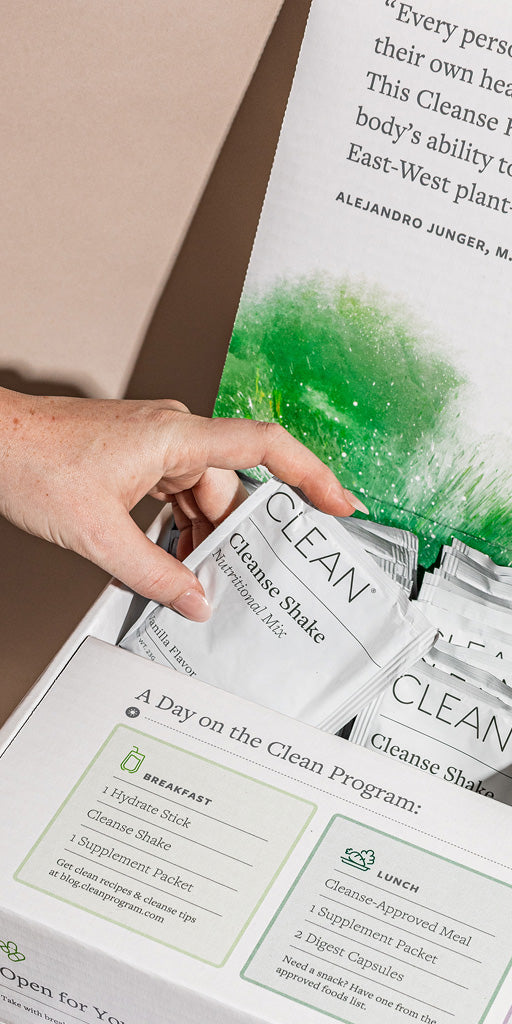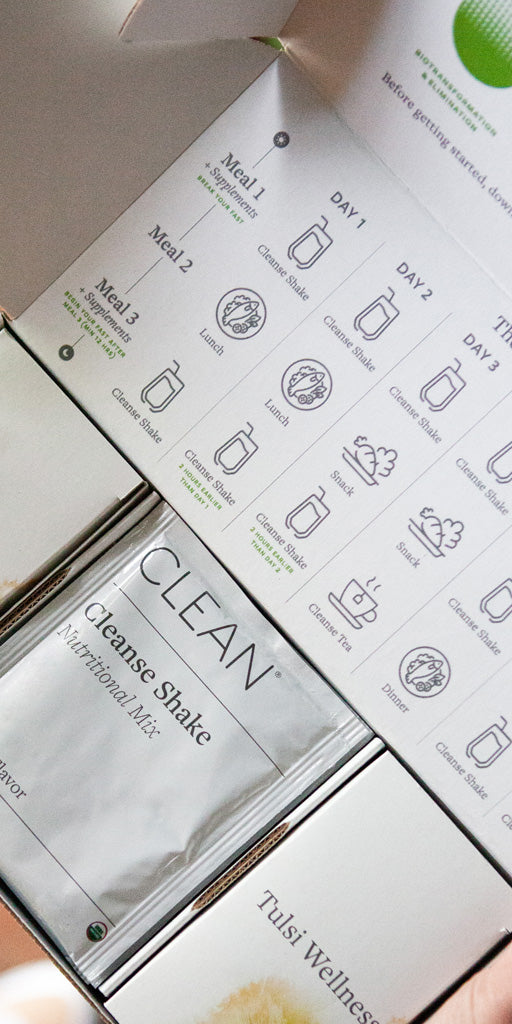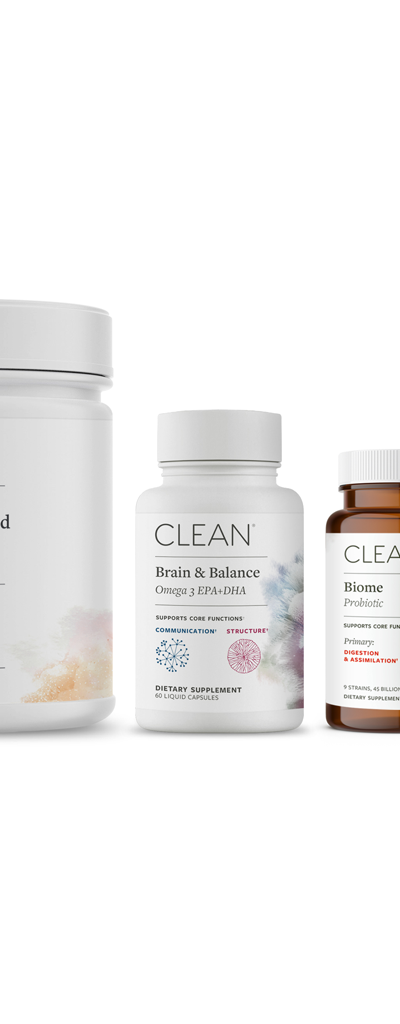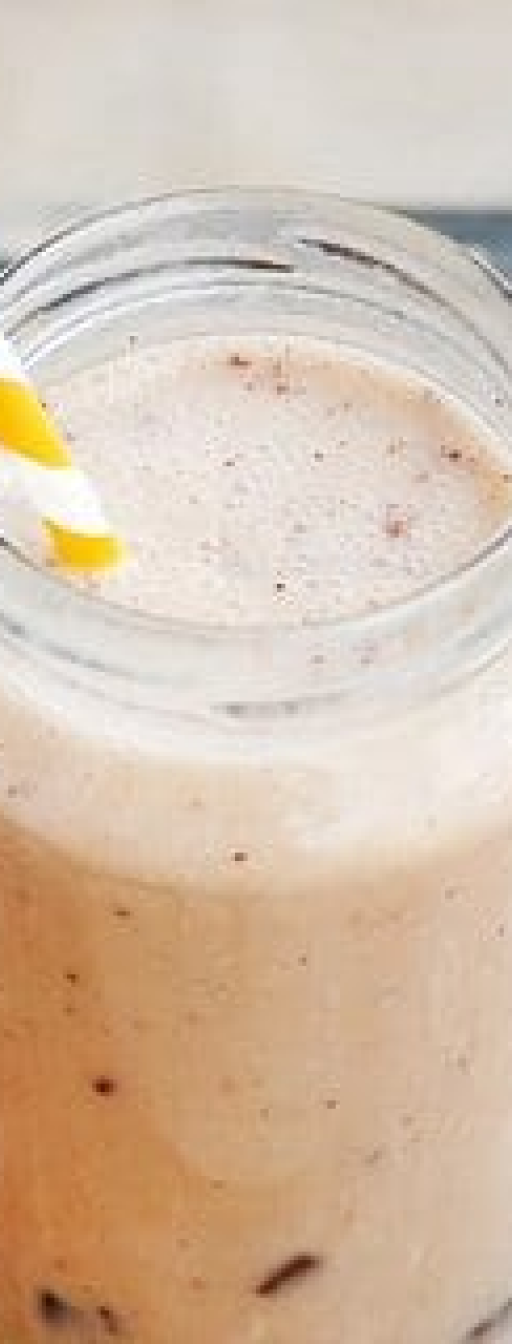Ah PMS, our monthly time of terror for women and anyone that stands in our crosshairs. All kidding aside, a majority of women experience premenstrual syndrome (PMS) at some point in their lives. Symptoms affect up to 90% of women in fact.
There are over 150 known symptoms that can be attributed to PMS, most of which can be remedied with natural methods. Many experience relief from hormonal imbalance symptoms when they complete the 21-Day Clean Program and switch to a healthier lifestyle. Having so many symptoms can make reducing PMS a daunting task. How can we know where to start?
What is PMS?
PMS (premenstrual syndrome) refers to a collection of physical, emotional, and behavioral symptoms that occur in the luteal phase of the menstrual cycle, typically one to two weeks before menstruation begins. These symptoms can vary widely in severity and type among individuals.
The Four Types of PMS
PMS can actually be broken down into four different types and identifying which type your symptoms point to could be a good way to start when choosing diet, lifestyle, and supplement interventions.
PMS-A (Anxiety)
PMS-A is all about anxiety. Anxiety is one of the most common PMS symptoms and it can be crippling. One day a woman can be feeling fine, even great, and the next day she doesn’t want to leave the house, experiences heart palpitations and even panic attacks.
Some other symptoms associated with PMS-A include:
-
anxiety
-
irritability
-
mood swings
-
nervous tension
-
weepiness
-
paranoia
Imbalanced blood sugar, nutrient deficiencies, and high estrogen and low progesterone levels could be contributing. Get your hormone levels checked by a doctor and incorporate nutrient-rich foods into your diet. Not sure where to start? Try some Clean recipes.
PMS-C (Cravings)
Are you premenstrual hangry every month? Carbohydrate or sweet cravings around this time point to PMS-C. Many women struggle with this type of hunger and may note that before their period their eating becomes out of control, binging on foods like ice cream, cookies, chips and other foods they may try to avoid the rest of the month.
Other symptoms of PMS-C include:
-
carb and sweet cravings
-
headaches
-
fatigue
-
moodiness
-
irritability
Imbalanced blood sugar and insulin levels could contribute to this type of PMS. Try starting the day with a Daily Protein Shake blended with leafy greens, berries, and unsweetened almond milk.
PMS-D (Depression)
A real heartbreaker, PMS-D has women feeling depressed before their period. Like PMS-A, a woman could be feeling really up and optimistic most of the month, only to fall deep into a depressive state before her period.
Other symptoms of PMS D include:
Imbalanced blood sugar, nutrient deficiencies, and low progesterone could contribute. Changing your diet and speaking to a Wellness Coach can help, however, if you are having suicidal thoughts, contact the National Suicide Prevention Hotline at 988.
PMS-H (Hyperhydration)
PMS-H is known as hyperhydration. Hyperhydration is that bloating and water retention that causes many women to unbutton their jeans or live in yoga pants prior to their period.
Other symptoms of PMS H include:
-
water retention
-
bloating
-
breast tenderness
-
weight gain
-
swelling
Imbalanced blood sugar, low vitamin B6, low progesterone, and high aldosterone could contribute to PMS-H.
Managing Various Types of PMS Symptoms
Regardless of the type of PMS you experience, several general strategies can help alleviate symptoms:
-
Lifestyle Changes:
Regular exercise, a balanced diet rich in whole foods, and adequate sleep can positively impact PMS symptoms.
-
Stress Management:
Incorporating relaxation techniques such as yoga, meditation, or breathwork exercises can help reduce stress levels and improve emotional well-being.
-
Supplements:
Some individuals find relief with dietary supplements such as calcium, magnesium, and vitamin B6. Always consult a healthcare provider before starting any new supplements.
-
Track Your Cycle:
Keeping a menstrual diary can help identify patterns in symptoms and triggers, allowing for more effective management strategies.
When to Seek Help For Your PMS Symptoms
If PMS symptoms significantly interfere with your daily life or worsen over time, it’s essential to consult with a healthcare provider. They can help determine if you have PMDD or another underlying condition that may require more specialized treatment.
Navigating PMS for Better Health
Understanding the different types of PMS can empower individuals to seek appropriate management strategies and improve their quality of life. By recognizing the specific symptoms and causes associated with each type, individuals can take proactive steps toward alleviating their symptoms and achieving better overall health.
These proactive steps can include exploring lifestyle changes, dietary adjustments, and potential treatments that can help alleviate your symptoms. For tailored support and expert guidance, connect with a Clean Program Health Coach and discover resources designed to enhance your health and well-being.
Written by Robyn Srigley
